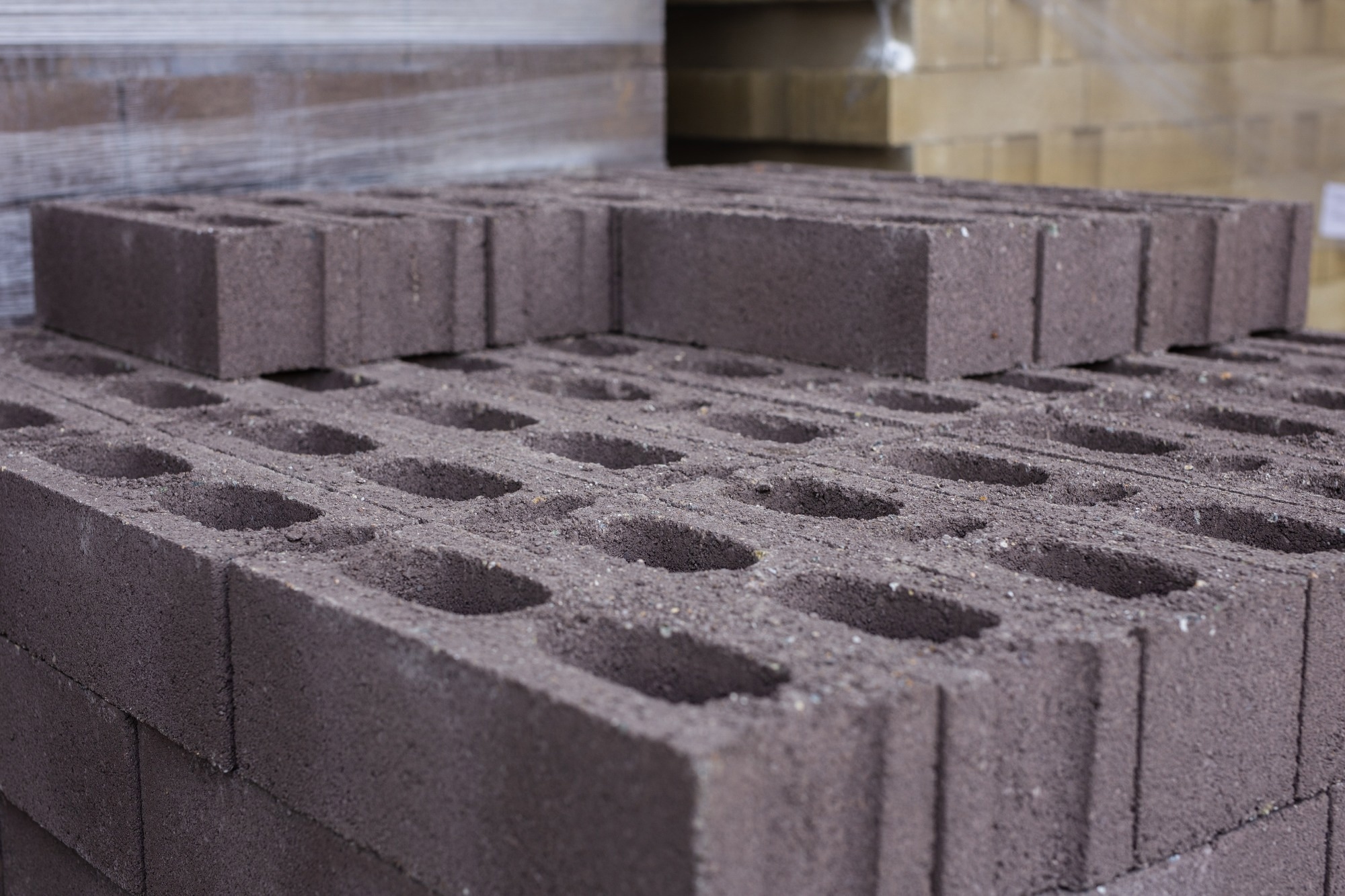 By Nidhi DhullReviewed by Susha Cheriyedath, M.Sc.Sep 23 2024
By Nidhi DhullReviewed by Susha Cheriyedath, M.Sc.Sep 23 2024A recent article published in Advanced Materials showcased the fabrication of cement-based materials inspired by the toughening mechanism of cortical bone.
 Study: Tough Cortical Bone‐Inspired Tubular Architected Cement‐Based Material with Disorder. Image Credit: Remberto Nieves/Shutterstock.com
Study: Tough Cortical Bone‐Inspired Tubular Architected Cement‐Based Material with Disorder. Image Credit: Remberto Nieves/Shutterstock.com
The researchers used a hybrid 3D printing/casting process to create these materials, combining experimental and theoretical methods to demonstrate a non-brittle fracture mechanism in the fabricated structures. This approach mimics the natural toughness of bone, potentially opening up new avenues for developing more resilient cementitious materials.
Background
Natural materials exhibit an exceptional combination of fracture toughness and strength—two mechanical properties that often compete with one another. These properties are achieved through modest constituents arranged into complex structures with hierarchical architectures.
However, achieving both fracture toughness and strength simultaneously in engineering materials remains challenging. For example, concrete, the most widely used man-made material, suffers from inherently low fracture toughness due to its limited toughening mechanisms. As a result, cement-based materials—including concrete, mortar, and cement paste—tend to exhibit poor fracture toughness when subjected to tension.
In contrast, human cortical bone demonstrates high fracture toughness, which is attributed to its hierarchical tubular structure. This architecture resists crack initiation and propagation through a range of intrinsic and extrinsic multi-scale toughening mechanisms. This study leverages the geometry of tubes found in cortical bone’s architecture to develop a new toughening mechanism, enhancing the fracture behavior of cementitious materials.
Methods
A cement paste was prepared in a vacuum mixer using Type I cement, deionized water, a high-range water-reducing admixture (HRWRA), and viscosity-modifying admixtures (VMA). The mixing process involved two steps: an initial pre-mix for 25 seconds, followed by mixing at 400 rpm for 90 seconds at 70 % vacuum, and then an additional mixing at 400 rpm for 90 seconds under 100 % vacuum.
Tubular specimens were fabricated using a hybrid 3D printing/casting technique. The process began with the 3D printing of a positive mold using polyvinyl alcohol (PVA). This mold was used to create a negative mold of the tubular specimen from urethane rubber. Fresh cement paste was then poured into the urethane rubber mold to cast the tubular structures, which were cured for seven days under controlled environmental conditions.
The mechanical properties of the prepared specimens were experimentally evaluated. A three-point bending (3PB) test was used to determine the modulus of rupture (MOR), while the single-edge notch bend (SENB) test was employed to measure fracture toughness. Both tests were conducted on prismatic specimens with dimensions of 40×40×130 mm3, using an electromechanical frame.
Each experimental test was performed at least three times, and the data obtained were statistically analyzed using the Data Analysis Toolbox in Microsoft Excel. A one-tailed F-test was applied to assess variance, while a T-test with a 95 % confidence interval was used to determine any significant difference between the data means.
Results and Discussion
Compared to the brittle failure observed in the reference cast specimens, the load-displacement curves from the SENB test on the tubular architected specimens revealed a distinct non-brittle and non-abrupt fracture response. While the brittle specimens experienced catastrophic failure at the first peak load, the tubular designs delayed abrupt failure and exhibited multiple load drops and incremental steps. This behavior allowed for both hardening and softening beyond the first peak load.
In the circular and elliptical tubular specimens, the first load drop corresponded to crack initiation at the sharp notch, propagating to the tube in the bottommost row. As the load increased again, the crack reinitiated from the first tube, extending towards the subsequent row of tubes.
Each additional load drop was associated with further crack interactions with the tubes ahead of the crack tip in both the circular and elliptical designs. This interaction was primarily responsible for the non-brittle and non-abrupt fracture behavior observed in the tubular architected specimens, in stark contrast to the single brittle failure of the cast specimens.
Importantly, the modulus of rupture (MOR) of the circular and elliptical tubular specimens was comparable to that of the solid reference material. This indicates that the introduction of tubular architecture to enhance the fracture toughness of brittle cementitious materials did not compromise their strength. These results highlight the ability of the tubular architecture to overcome the typical trade-off between fracture toughness and strength, enabling stable crack propagation and enhancing the material's overall performance.
Conclusion and Future Prospects
All in all, the researchers successfully enhanced the specific fracture toughness of cement-based materials by introducing intentional tubular defects. The interaction between tube size and shape facilitated stepwise cracking, leading to improved fracture toughness through rising R-curves (fracture toughness versus crack growth). This approach demonstrated the potential for crack-resistant characteristics in otherwise brittle cement-based materials.
Looking ahead, the researchers propose extending this methodology to quasi-brittle materials such as mortar and concrete. By leveraging deliberate design and engineered defects, the fracture toughness of these materials could be significantly improved. Additive manufacturing and robotic fabrication techniques present scalable solutions for applying these designs to larger-scale applications in mortar and concrete production.
Additionally, incorporating a statistical mechanics approach to quantify disorder in architected materials could offer new insights into the relationship between mechanics and geometry. This approach could be applied to a wide range of architected materials, both brittle and ductile, unlocking novel design methods that further enhance material performance.
Journal Reference
Gupta, S. & Moini, R. (2024). Tough Cortical Bone‐Inspired Tubular Architected Cement‐Based Material with Disorder. Advanced Materials. DOI: 10.1002/adma.202313904, https://onlinelibrary.wiley.com/doi/10.1002/adma.202313904
Disclaimer: The views expressed here are those of the author expressed in their private capacity and do not necessarily represent the views of AZoM.com Limited T/A AZoNetwork the owner and operator of this website. This disclaimer forms part of the Terms and conditions of use of this website.
Article Revisions
- Sep 24 2024 - Revised sentence structure, word choice, punctuation, and clarity to improve readability and coherence.